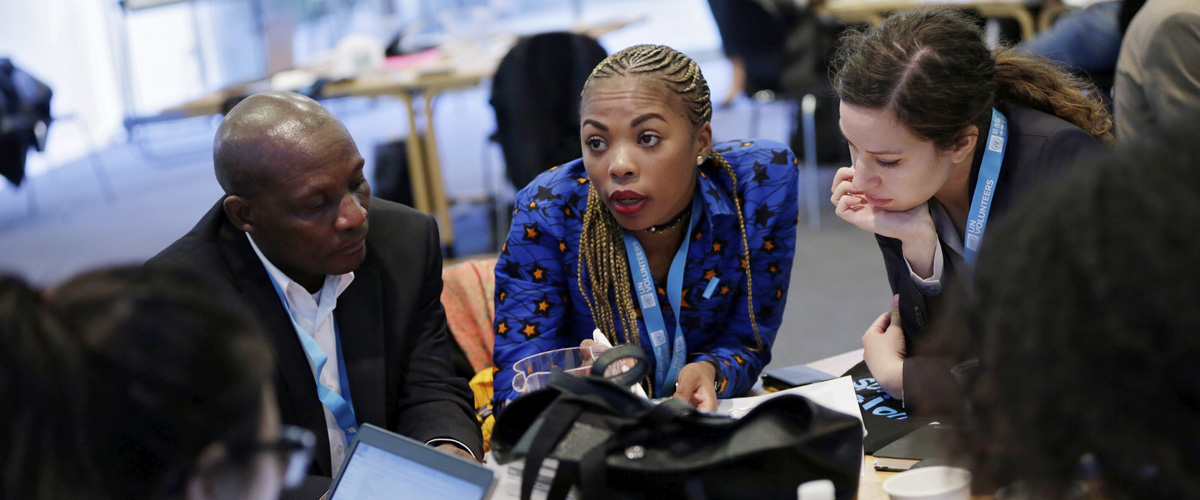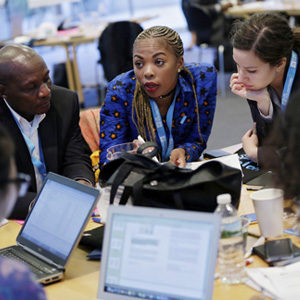

Background and purpose
The resources provided here are aimed at helping United Nations staff to communicate in a gender-inclusive way in the six official languages of the Organization.
Using gender-inclusive language means speaking and writing in a way that does not discriminate against a particular sex, social gender or gender identity, and does not perpetuate gender stereotypes. Given the key role of language in shaping cultural and social attitudes, using gender-inclusive language is a powerful way to promote gender equality and eradicate gender bias.
The Guidelines available on this website include a number of recommendations to help United Nations staff to use gender-inclusive language in any type of communication — oral or written, formal or informal, or addressed to an internal or external audience. The Toolbox contains training materials on the practical application of the Guidelines, information on related training courses and other relevant resources.
These resources have been developed by an inter-agency working group of the Department for General Assembly and Conference Management, the Department of Management, the Department of Global Communications (formerly DPI) and UN Women as part of a project entitled “Supporting gender equality in multilingual contexts”, aimed at supporting the goal, under the United Nations System-wide Strategy on Gender Parity, of creating “a working environment that embraces equality, eradicates bias and is inclusive for all staff” .
The recommendations and resources provided here will be revised and updated to reflect new feedback, suggestions and changes in the use of language. You are welcome to contact us and share your feedback with the inter-agency working group.
